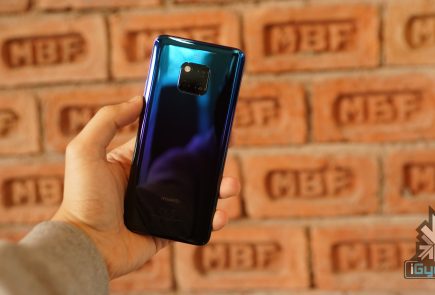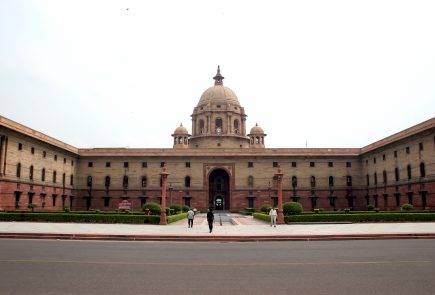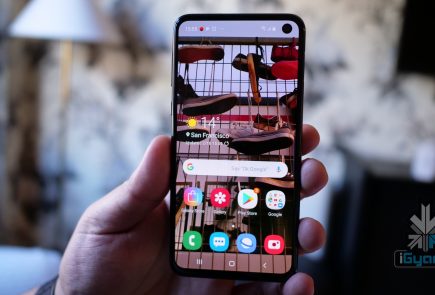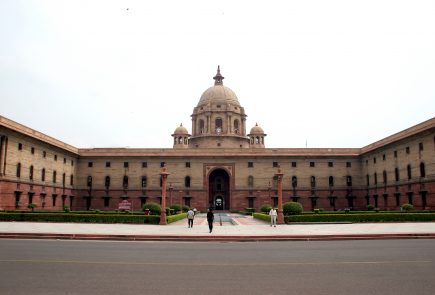Here’s Why The 0% Interest EMI Schemes Were Scrapped
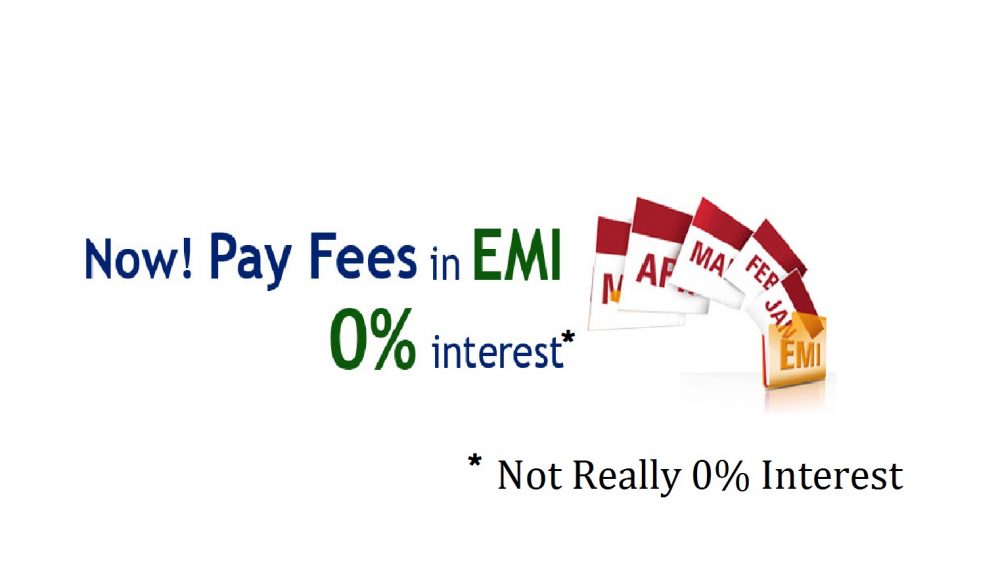
Over the past 6 months, various companies including Apple, Samsung and Micromax went on an aggressive marketing drive that was based around the “0% EMI” tagline. Consumers, young and old alike, were attracted by the possibility of buying the device of their choice, by paying small amounts of money over a prolonged period of time. That too without any overhead costs. Who wouldn’t?
So when the RBI on Wednesday banned zero per cent interest rate EMI schemes for purchase of consumer goods, it came as a shock for many people.
What would possibly have been wrong? The companies were sacrificing their interest money just so we could get our dream products easily no? No.
The very concept of zero per cent interest “is non-existent,” the RBI said. So how were the companies offering such schemes?
The answer here lies in that “negligible” processing fee that the companies/showrooms charged when you opted for the EMI schemes. In the zero per cent EMI schemes offered on credit card outstandings, the interest element is often camouflaged and passed on to customer in the form of processing fee.
Explaining the zero per cent EMI schemes on credit cards, Gaurav Mashruwala, a certified financial planner, said, “When a person buys a TV set for Rs 60,000 and makes full payment in cash, the dealer gives him a discount say of Rs 5,000. However, when the same TV is bought in instalments with a credit card, he is not entitled to any discount which is the earning for the bank.”
As BankBazaar explains, these zero percent schemes have hidden costs inbuilt in them. Perhaps the biggest loss for you would be forfeiting the cash discount on a product that you could have otherwise got if you had bought it on full cash. This apart you will also be paying a transaction or processing fee under the zero percent scheme and consequently more money through advance EMIs.
For example, you decide to buy an LCD colour television that costs around Rs. 48,000. You decide to buy it using the zero percent finance scheme. Under this arrangement you will pay the entire cost in six EMIs of Rs. 8,000 for six months. This works out to be Rs. 48,000 spread over 6 months. Now here’s how you end up paying more! To begin with you pay a processing fee of Rs. 1,000. And since you are buying the LCD on a zero percent finance scheme you are not entitled to the cash discount of Rs. 2,000!
So here’s how it looks in the above example. The LCD costs Rs. 48,000! Add up the Rs. 1,000 processing fee that you pay initially and Rs. 2,000 that was lost out on cash discount. A total of Rs. 3, 000! This means you get a net finance of Rs. 45,000 only! Now you pay an EMI of Rs. 8,000 for 6 months which totals up to Rs. 48,000. So at the end of six months you pay Rs. 3,000 more for what you got.
So ultimately, it all came down to false advertising and clever marketing. The consumer was led to believe that he/she was getting a fantastic deal whereas the company was earning way more than they would in case of a down payment. These schemes helped companies attain double digit growth as far sales were concerned.
No wonder they are aggrieved by the RBI’s decision. Well done, we say.
















